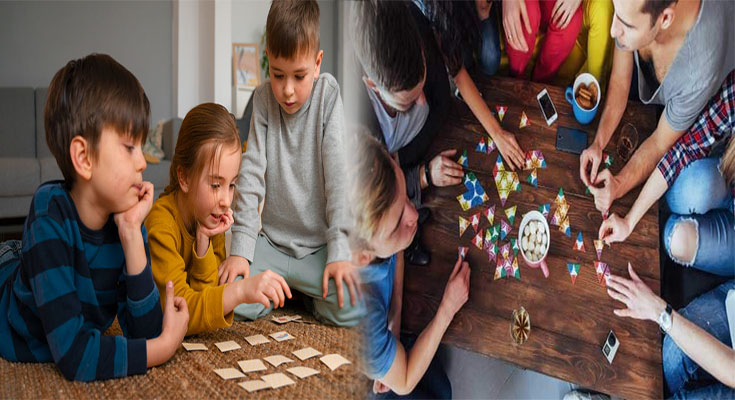
Gamified Learning Environments for Adolescent Education
Gamified learning environments have emerged as a creative and effective approach to engaging adolescents in their education. By integrating elements of game design into educational settings, these environments have the potential to enhance motivation, improve learning outcomes, and spark a deeper interest in academic subjects among adolescents. Let’s delve into the world of gamified learning environments and explore how they are transforming adolescent education.
1. Engaging and Interactive Learning Experiences
Gamified learning environments offer a highly engaging and interactive learning experience for adolescents. By incorporating game elements such as points, levels, challenges, and rewards, these environments create a sense of excitement and motivation that can drive students to actively participate in their learning. The interactive nature of gamified activities encourages adolescents to explore, experiment, and learn through a hands-on approach, making the educational experience more dynamic and enjoyable.
2. Promoting Collaboration and Competition
Many gamified learning environments encourage collaboration among …
Gamified Learning Environments for Adolescent Education Read More

